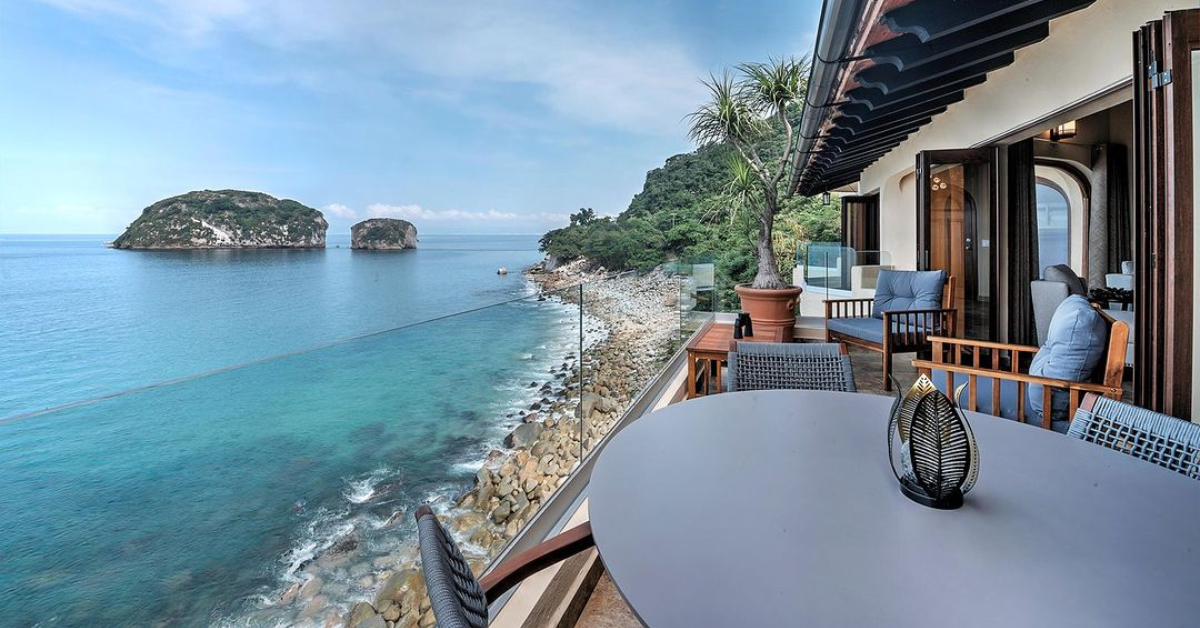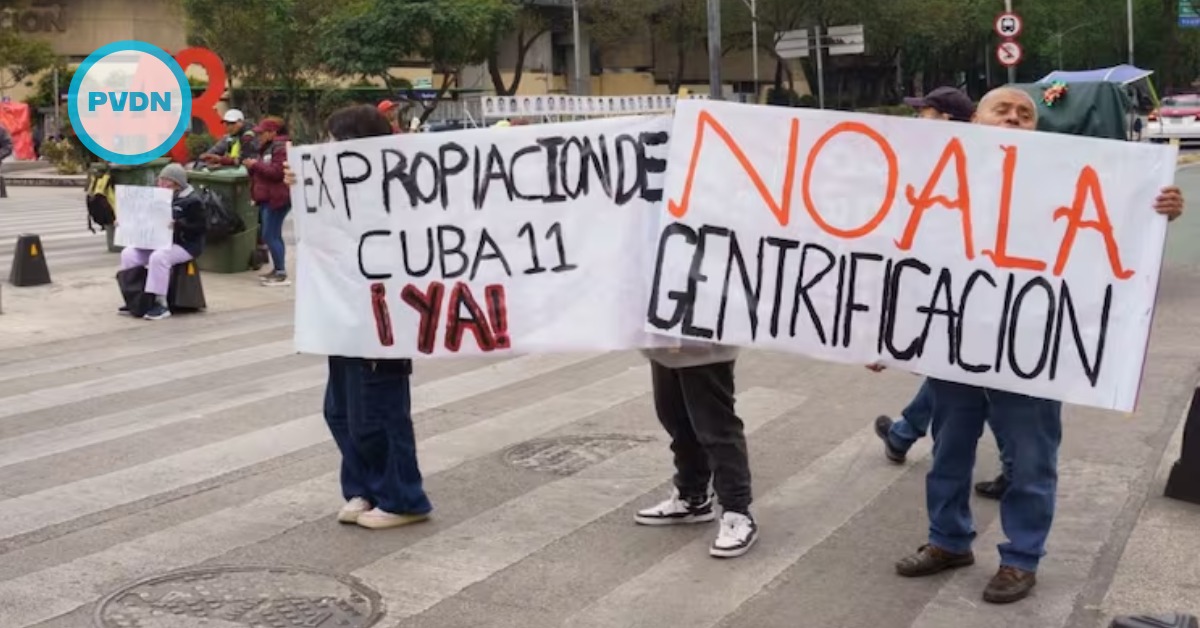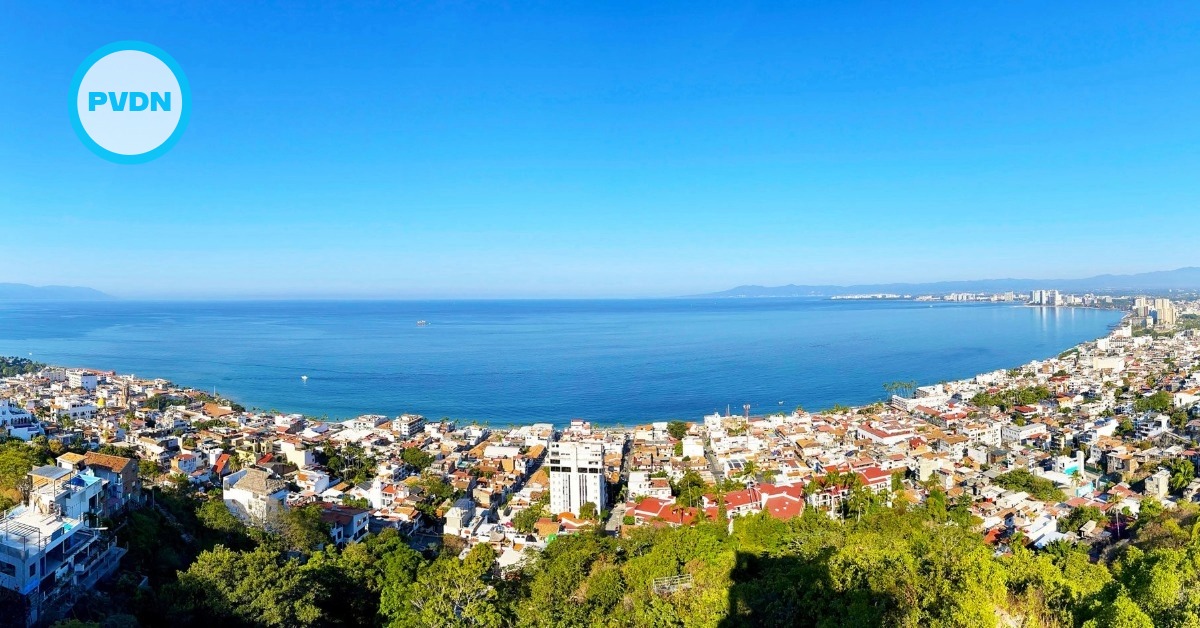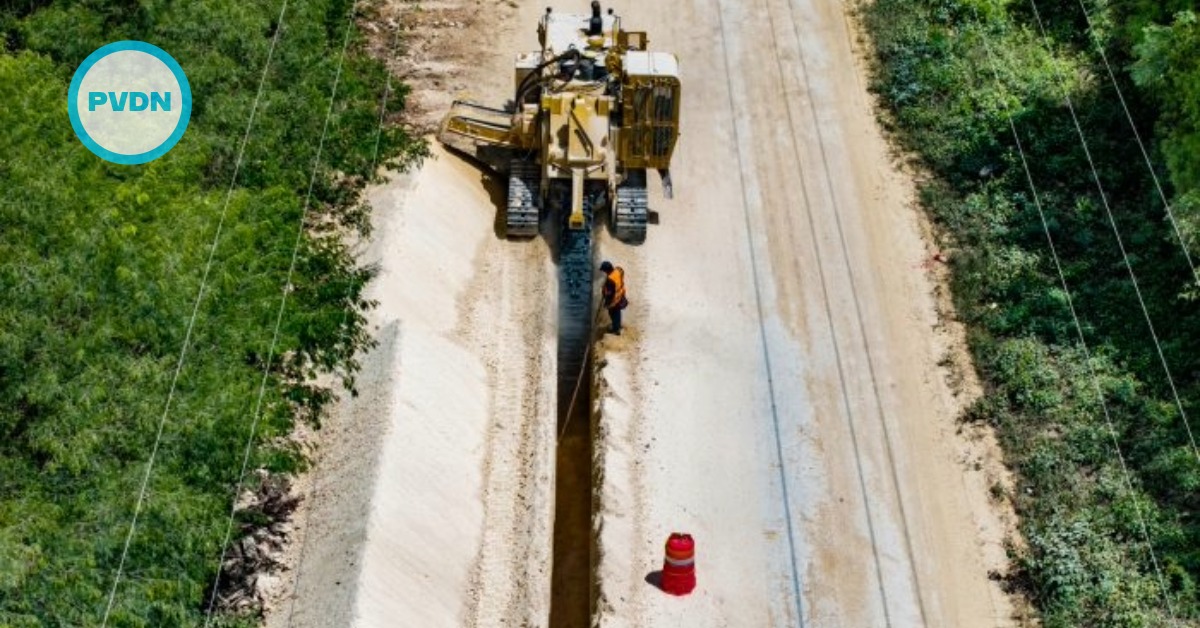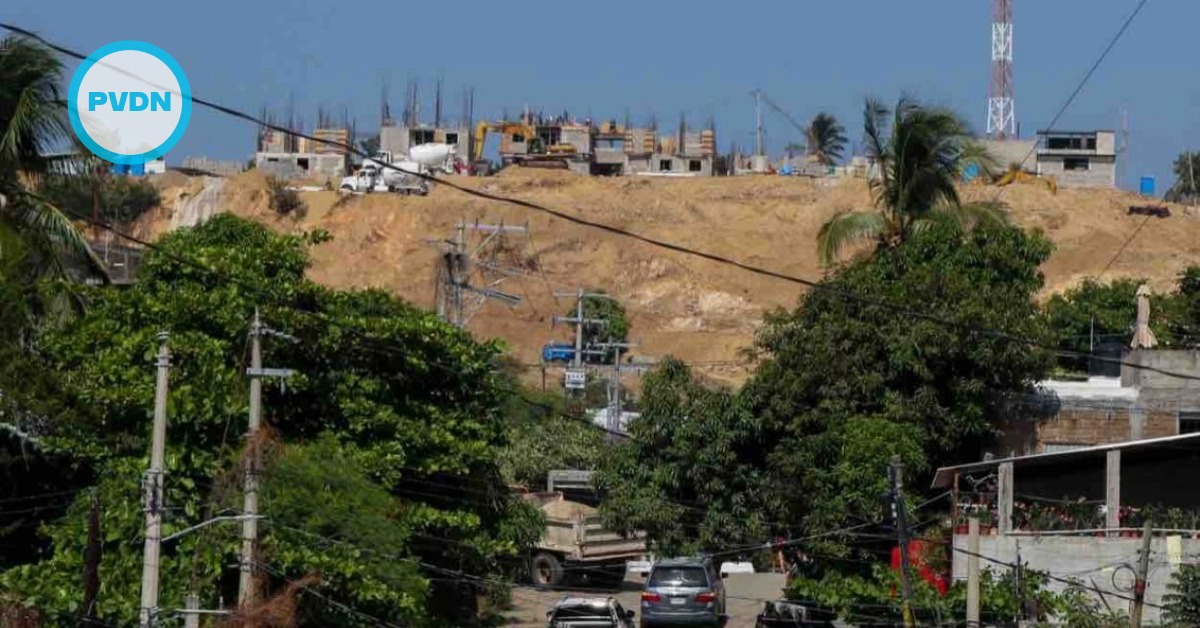In recent years, dollarized properties in Mexico's prime tourist destinations, including Puerto Vallarta, have emerged as a robust investment option. These properties have demonstrated their strength as a reliable store of value, particularly when compared to alternatives valued in pesos. However, this trend has also contributed to a rapid increase in rental prices, affecting both local residents and investors.
